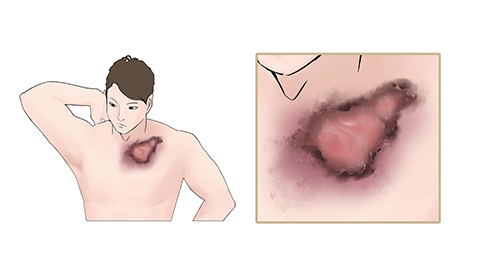Can radiation therapy shrink tumors?
In general, radiotherapy—also known as radiation therapy—may reduce tumor size, but whether it is effective depends on a comprehensive assessment of factors such as tumor type, disease stage, and individual patient characteristics. The specific analysis is as follows:

If the tumor is highly sensitive to radiation, is in an early stage, or is relatively small in size, and if the patient’s overall health can tolerate the full course of radiotherapy, standardized radiation treatment can effectively damage the DNA of tumor cells and inhibit their proliferation. In most cases, this leads to a significant reduction in tumor size, and in some patients, the tumor may even completely regress, thereby creating favorable conditions for further treatment or recovery.
However, if the tumor has low sensitivity to radiation, has advanced to a late stage with large tumor volume and widespread metastasis, or if the patient suffers from severe underlying diseases that prevent them from tolerating adequate radiation doses, the effectiveness of radiotherapy in reducing tumor size may be limited. In such cases, radiotherapy is primarily used as a palliative approach to relieve symptoms caused by tumor compression, such as pain or obstruction, rather than achieving tumor shrinkage or elimination.
Prior to starting radiotherapy, detailed examinations are necessary to fully assess the tumor, and a personalized treatment plan should be developed by a physician. During treatment, close monitoring of skin reactions, gastrointestinal symptoms, and other side effects is essential, and any discomfort should be promptly reported to the medical team. After treatment, regular imaging follow-ups are required to monitor changes in tumor size. Additionally, maintaining a balanced diet rich in sufficient protein and vitamins, avoiding excessive fatigue, and protecting the irradiated skin area from irritation are important aspects of daily care.










